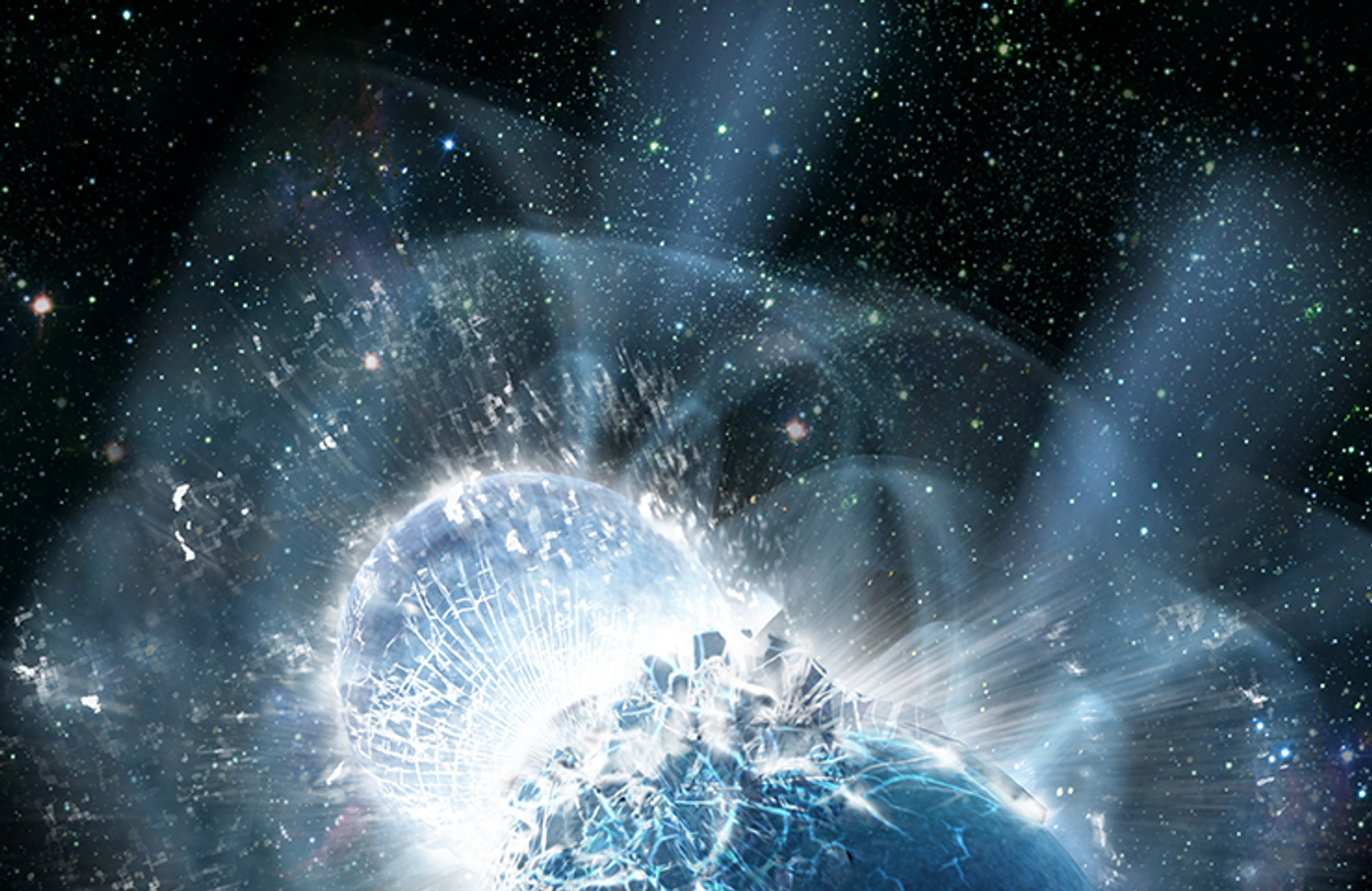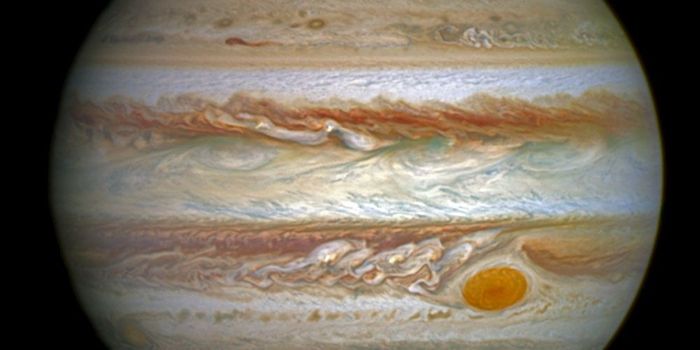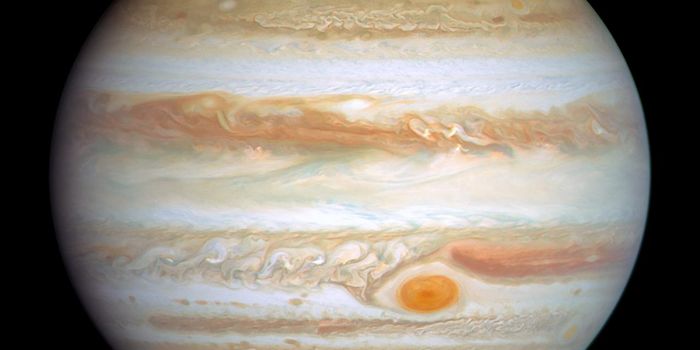Are Collisions of Neutron Stars Responsible for the Creation of Heavy Elements?
For the life of them, scientists have not been able to agree on where heavy elements like gold, silver, and platinum come from.

Image Credit: Dana Berry/Skyworks Digital, Inc.
A new study however, which has been published in Nature, may shed more light.
Unlike some elements, which can be created in the laboratory here on Earth under specific chemical and physical conditions, heavier elements are virtually impossible to create with current technology because of the amount of energy required.
"Understanding how heavy r-process elements are formed is one of the hardest problems in nuclear physics," said Anna Frebel, co-author of the study. "The production of these really heavy elements takes so much energy that it's nearly impossible to make them experimentally. The process for making them just doesn't work on Earth. So we have had to use the stars and the objects in the cosmos as our lab."
With that in mind, since science has been unable to produce these elements in the lab, there’s only one thing that ever really could: the divine wrath of mother nature herself.
The only thing that continues to baffle scientists is what kinds of high-energy events in our universe may be responsible for forming the known samples of these heavy elements, which are known as R-process (rapid neutron-capture process) elements.
We first look to our stars, which are gigantic power houses that our minds can only begin to understand, but even inside of stars, iron is the heaviest element that gets produced for the most part. Atoms start small and they work their way up the periodic table until iron.
To answer the ongoing question of where the heavier elements actually come from, scientists had to look beyond basic stars, and investigate even more powerful processes in the universe that exert far more energy capable of producing R-process elements.
One known source of incredible energy are neutron stars, which are a result of supernovas. These are incredibly dense after-effects of stars, and for a while, it is possible for these natural power plants to co-exist with one another and create binary systems.
That is, until they finally pull each other in with their own gravity and the two neutron stars collide. In this instance, powerful amounts of energy that could never be reproduced here on Earth occur. Scientists believe this energy could be responsible for a number of heavy elements, including gold, lead, platinum, silver, and uranium.
Researchers turned their eyes to a distant dwarf galaxy some 100,000 light years away from Earth that they call Reticulum II. Compared to many other known dwarf galaxies, Reticulum II had up to 1,000 times the amount of heavy elements in it.
Reticulum II also has a high concentration of stars and neutron stars, which are enriched with the heavy elements that we can’t seem to explain the source of. Since we know from nearby stars that stars alone don’t have the energy to produce these heavier elements, it only makes sense that neutron stars might be able to when they collide with one another.
"Their study is indeed a smoking gun that exotic neutron star mergers were occurring very early in the history of this particular dwarf galaxy, and for that matter likely in many other small galaxies,” said Ramirez-Ruiz, a researcher who wasn’t involved in this particular study. “Neutron star mergers are therefore probably responsible for the bulk of the precious substances we call r-process elements throughout the universe."
The study will open doors to new research, but even understanding how R-process elements are made doesn’t mean we’ll suddenly be able to start producing these heavy elements on Earth.
There is still no way to capture the energy released during a neutron star collision in a laboratory. Nevertheless, perhaps we know a little more now about the possible origin of these mystery elements.
Source: The Kavli Foundation, Phys.org








